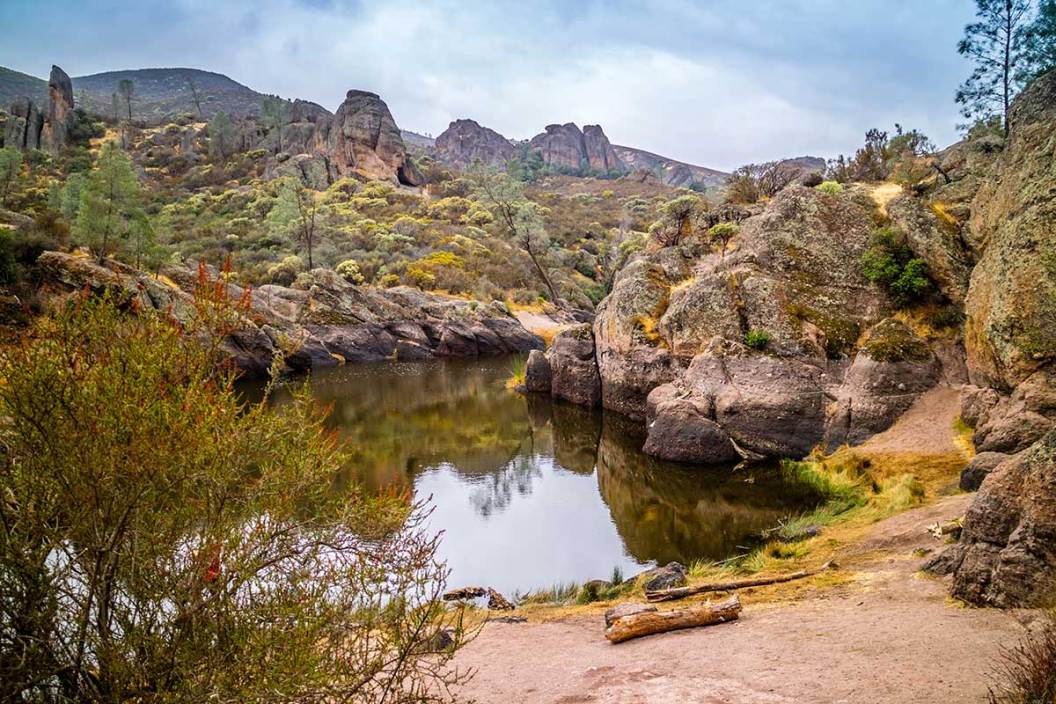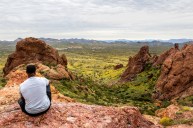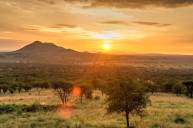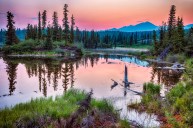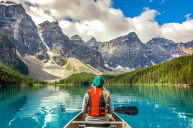These are among the least-visited National Parks in the USA.
If standing in long lines for the Grand Canyon Skywalk or competing with tourists for bus seats at Yosemite doesn't float your boat, consider a trip to these little-visited national parks across the contiguous United States - plus one bonus park in Alaska where you'd be lucky ever to see another person during your entire visit!
#9. Channel Islands NP, California
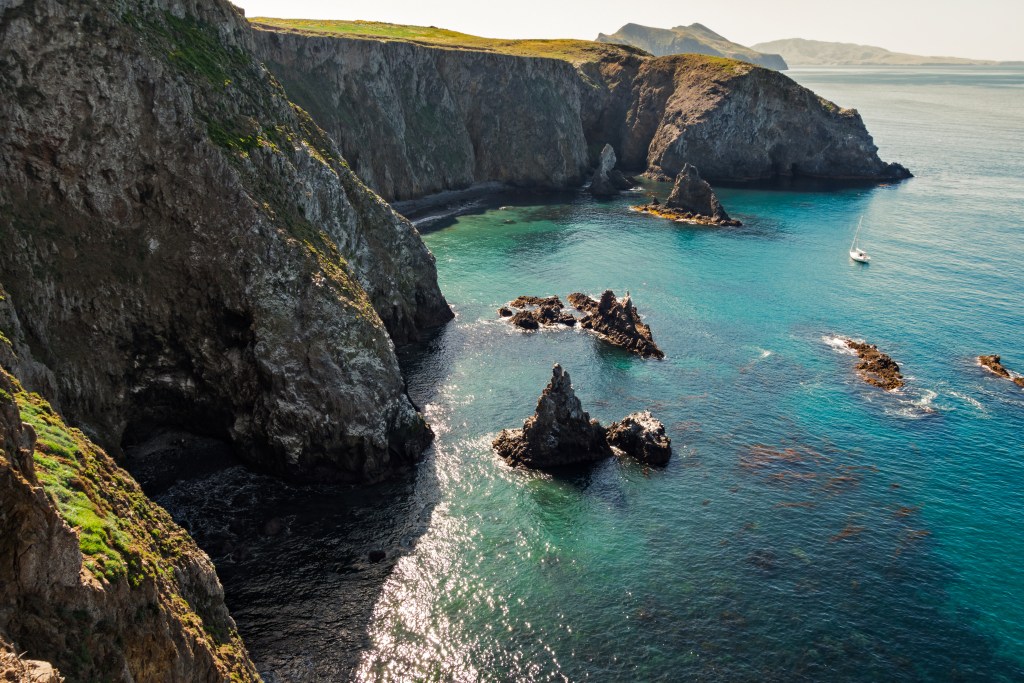
benedek/Getty
Annual Visitors: 409,630
Hop on a ferry trip (or plane, if that's how you roll) from Ventura of the Central California coast and suddenly you're in wild, unpopulated island territory. This park is comprised of five islands, none of which has lodging or accommodations. This trip is only for the very self-reliant and there's no easy fix for poor preparation—there are zero amenities on any of the islands and you probably won't get cell service.
The ride over can be quite windy and rough, and you'll need to bring all your camping gear (including water), but it's entirely worth it. Santa Cruz Island offers kayaking and snorkeling tours but other than that, you're on your own—make sure to bring binoculars to watch for whales, dolphins and seabirds.
#8. Voyageurs NP, Minnesota
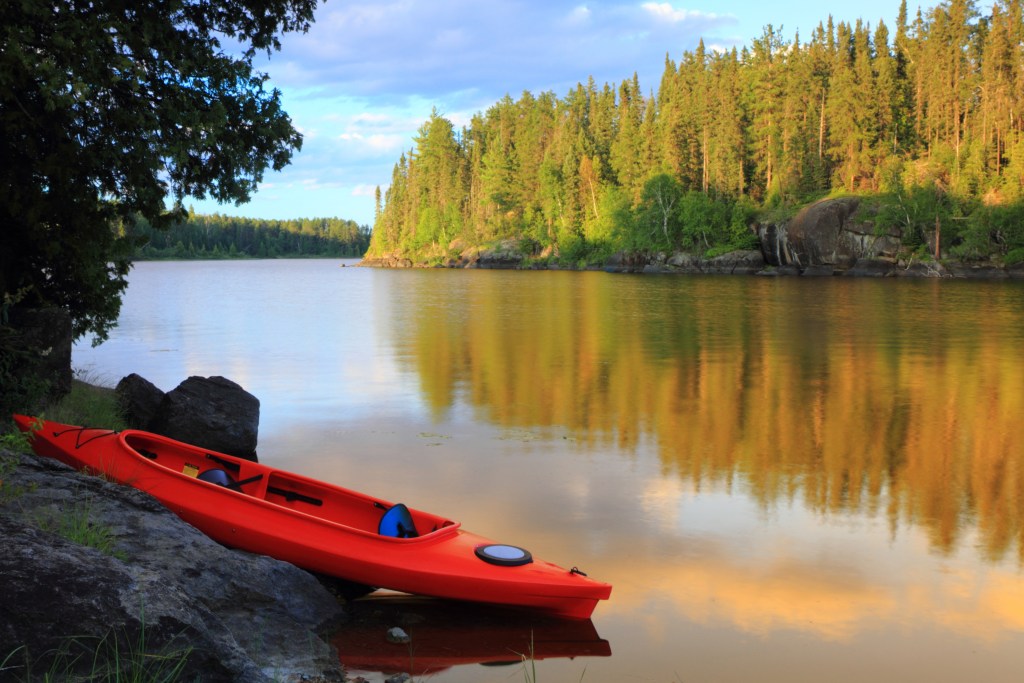
GeorgeBurba/Getty
Annual Visitors: 232,974
Named for the French-Canadian fur traders who settled the area, this park encompasses four protected lakes near the Canadian border. Kabetogama Peninsula, which makes up most of its land area, is open to campers but accessible only by boat. It's perfect for uncrowded water activities like kayaking and fishing among the bluffs and islands—some of the common fish you'll catch here are walleye, northern pike, muskellunge, smallmouth bass, and crappie. Keep an eye out for any of the 1,300 bald eagle pairs that live in the park.
#7. Guadalupe Mountains NP, Texas

Tim Speer/Getty
Annual Visitors: 188,833
Big Bend gets most of the glory but this park in Texas high country was once an undersea reef. Now it's desert and mountains that tower toward the sky 9,000 feet up; you can scale Guadalupe Peak for 100-mile views. Lucky for you, you might not see a soul on your way up.
It's one of few places in Texas with alpine forests and is a quick 30 minutes from Carlsbad Caverns in New Mexico, so it's definitely worth a stop if you're in the area.
#6. Pinnacles NP, California
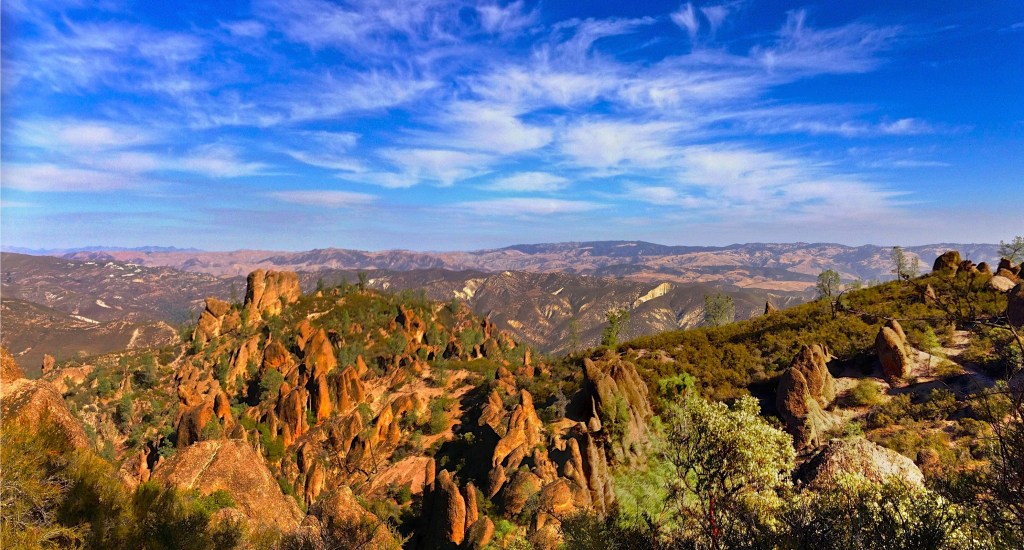
Samartur - Own work, CC BY-SA 3.0, https://commons.wikimedia.org/w/index.php?curid=32162438
Annual Visitors: 177,224
About 125 miles south of San Francisco is Pinnacles, known for its birds of prey including prairie falcons and California condors. It is one of the newest national parks, so it could be that nobody knows about it. Whatever the reason, visitors here have views of its volcanic spires and grassy hills mostly to themselves. Most arrive in spring and fall thanks to the intense heat here. Rock climbers will find the high, unusual peaks in the park's western side a challenge, but if that's not your thing, check out the ancient caves like Bear Gulch Cave that houses big-eared bats.
#5. Congaree NP, South Carolina
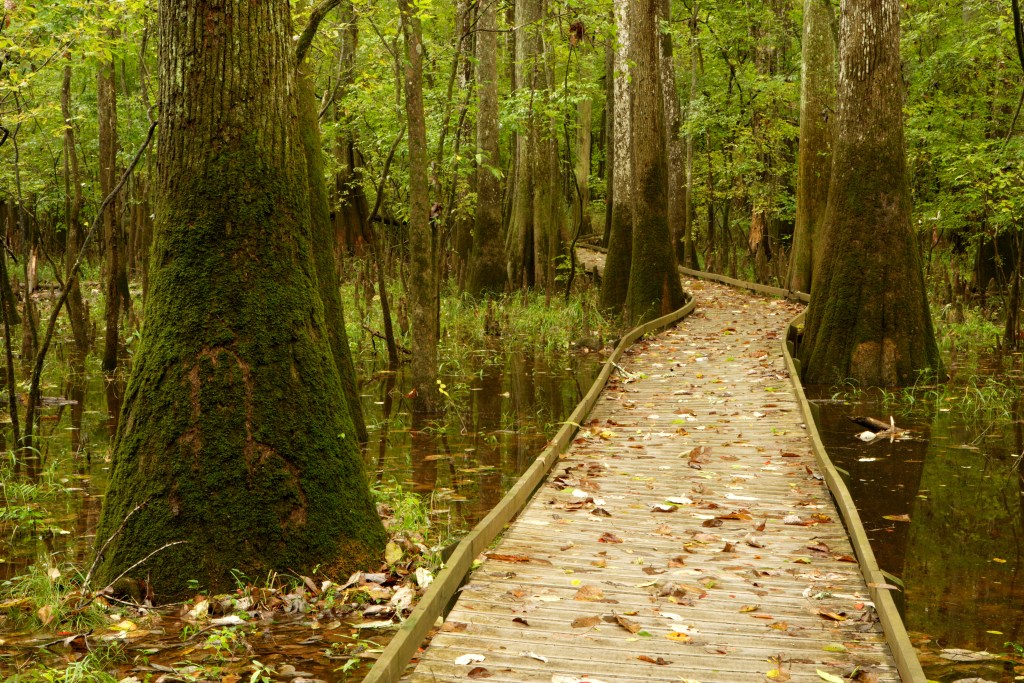
ericfoltz/Getty
Annual Visitors: 159,445
An old-growth floodplain forest makes up this swampy park, the largest of its kind in America and the only one of its kind on this list. Here you'll see some of the tallest trees in the country along the Boardwalk Loop, an elevated walkway that winds through the swamp. Spend some time canoeing or kayaking through the lush quiet—if you're up to it, primitive and backcountry camping opportunities are available. The forest here is home to all kinds of wildlife you might spot, from bobcats, deer, feral pigs and coyotes to armadillos, turkeys, and otters.
#4. Great Basin NP, Nevada
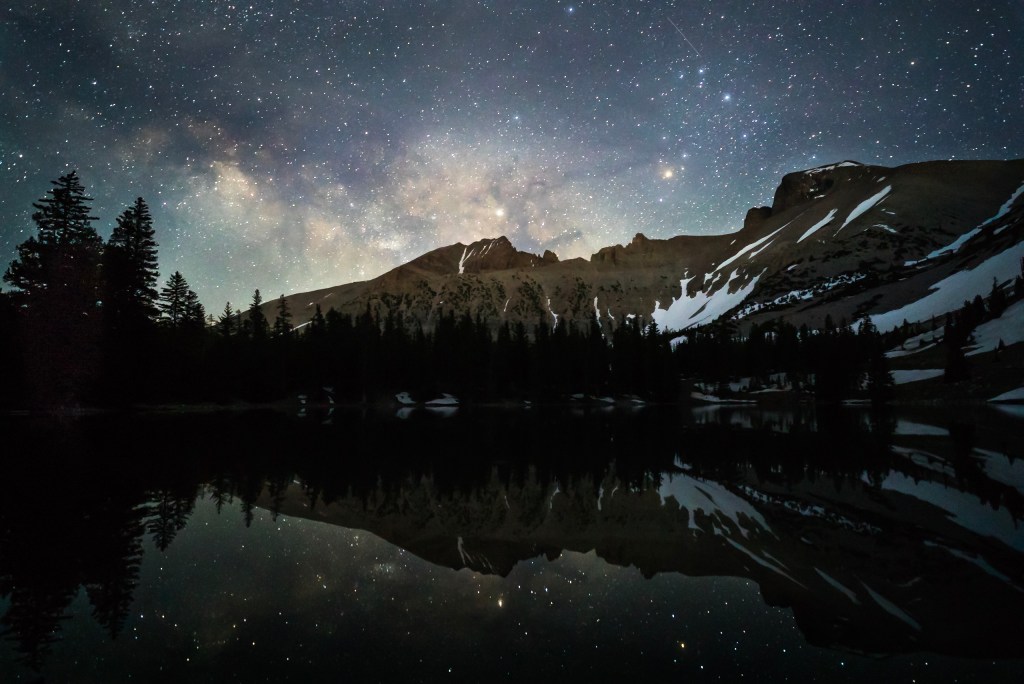
Elizabeth M. Ruggiero/Getty
Annual Visitors: 131,802
The dark skies above this remote park 300 miles north of Las Vegas make it one of the best stargazing spots in the world. Great Basin is also home to some of the world's oldest trees, bristlecone pines that are 5,000 years old, and a glacier. Wait, there's a glacier in Nevada? Yep, Wheeler Peak Glacier sits at the base of 13,000 foot Wheeler Peak, and a hike to it is only two miles. Scientists believe it will disappear in 20 years, so if you want to see this, do it well before then. One of the parks coolest attractions are the Lehman Caves, which are also at the base of Wheeler and feature dramatic stalactites and stalagmites. The park offers both traditional campgrounds and backcountry camping.
#3. Dry Tortugas NP, Florida
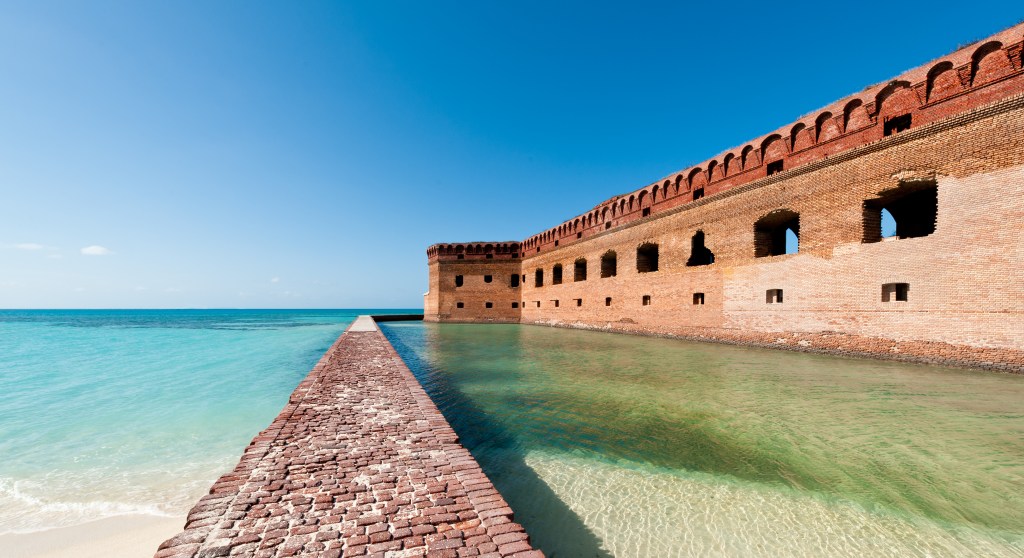
gnagel/Getty
Annual Visitors: 79,200
Do the tropics beckon? The Dry Tortugas are anything but dry. These reefs are 70 miles west of Key West, and it's one of the National Park Service's most remote locations. Getting there is expensive and difficult (options include long ferry trip or privately charted boat or seaplane), but it's quite possibly the best—and least crowded—way to experience a tropical vacation without leaving the U.S. Not only are the reefs the least disturbed in the Keys, but you can also explore Fort Jefferson (one of the nation's largest 1800s masonry forts), go saltwater fishing, and camp at any of the eight primitive sites near the fort.
#2. North Cascades NP, Washington
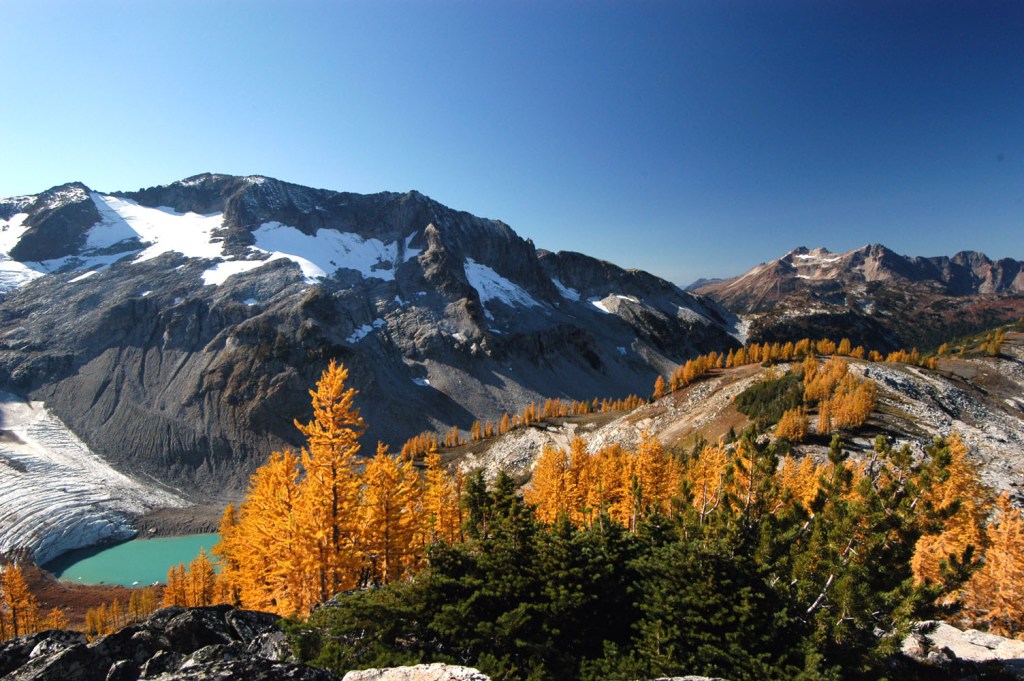
By Marshmallow from Seattle, WA, USA - Flickr, CC BY 2.0, https://commons.wikimedia.org/w/index.php?curid=389216
Annual Visitors: 38,208
Washington has three national parks—this one lags in visitor traffic behind Mt. Ranier and Olympic but is no less worth a look. The peaks tower like so many Matterhorns—there are some 300 glaciers here. The park also has a number of extremely tall, glacier-fed waterfalls. With eight life zones among its peaks and valleys, park guests hike and camp virtually alone among 75 mammal species and 1,600 plant species. Car access is limited thanks to the park's few gravel roads... it's all about the mountains, forests and lakes here.
#1. Isle Royale NP, Michigan
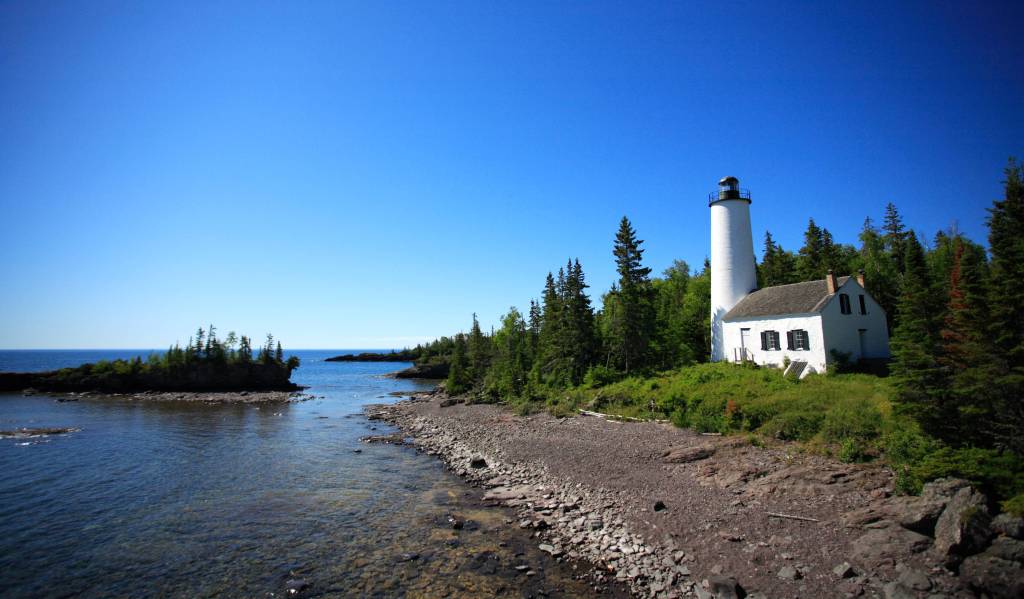
Ray Dumas - https://www.flickr.com/photos/rtdphotography/2827515881, CC BY-SA 2.0, https://commons.wikimedia.org/w/index.php?curid=37062935
Annual Visitors: 26,410
Lake Superior's largest island is a remote wilderness along Canada's border that's only accessible by ferry, private boat or seaplane, which is likely why it's the least-visited national park in the Lower 48 (That, and the fact that it's closed from November through April). You can backpack, camp, fish and explore caves - even scuba dive the many well-preserved shipwrecks on the island's western side! The park is known for its large population of timber wolves and moose, the latter of which you have a great chance of seeing in the wild.
BONUS: Gates of the Arctic NP, Alaska
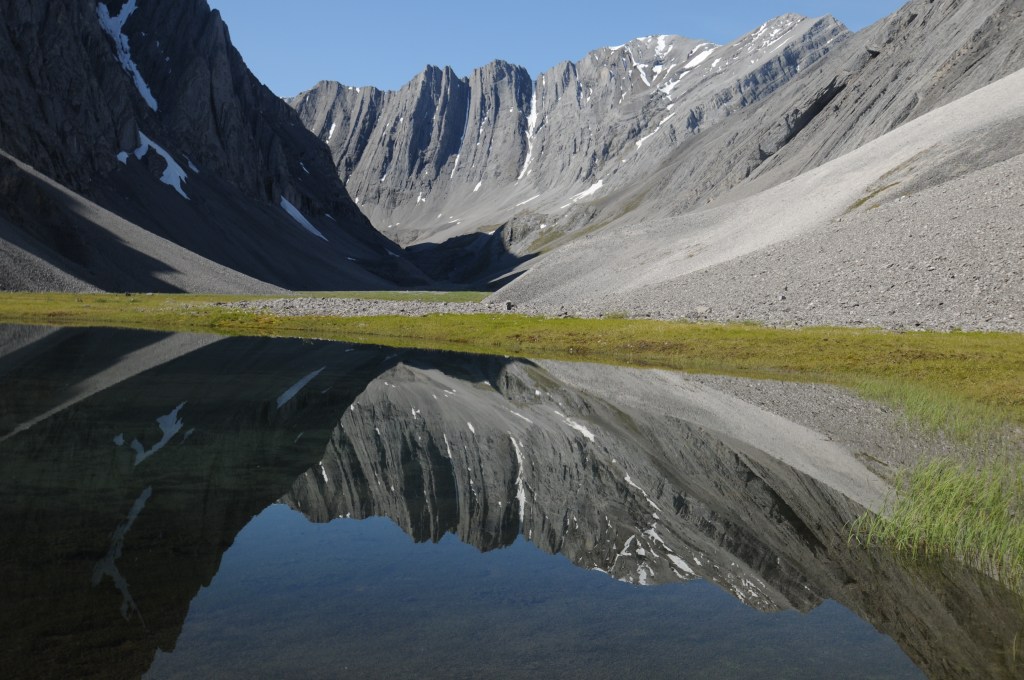
National Park Service, Alaska Region, https://commons.wikimedia.org/w/index.php?curid=45992547
Annual Visitors: 10,518
If you really want to get out by yourself, America's all-time least-visited park is so little visited, the numbers work out to about 30 people a DAY. Considering it's about 8 million acres, and not even accessible by car, your chances of seeing another soul even if you wanted to are about zero.
Products featured on Wide Open Spaces are independently selected by our writers and editors. However, when you buy something through our links, we may earn a commission.
Like this post? See more at our Wide Open Spaces Instagram!
NEXT: HOW TO FIND AND SET UP A CAMPING SITE DURING A HUNTING TRIP
